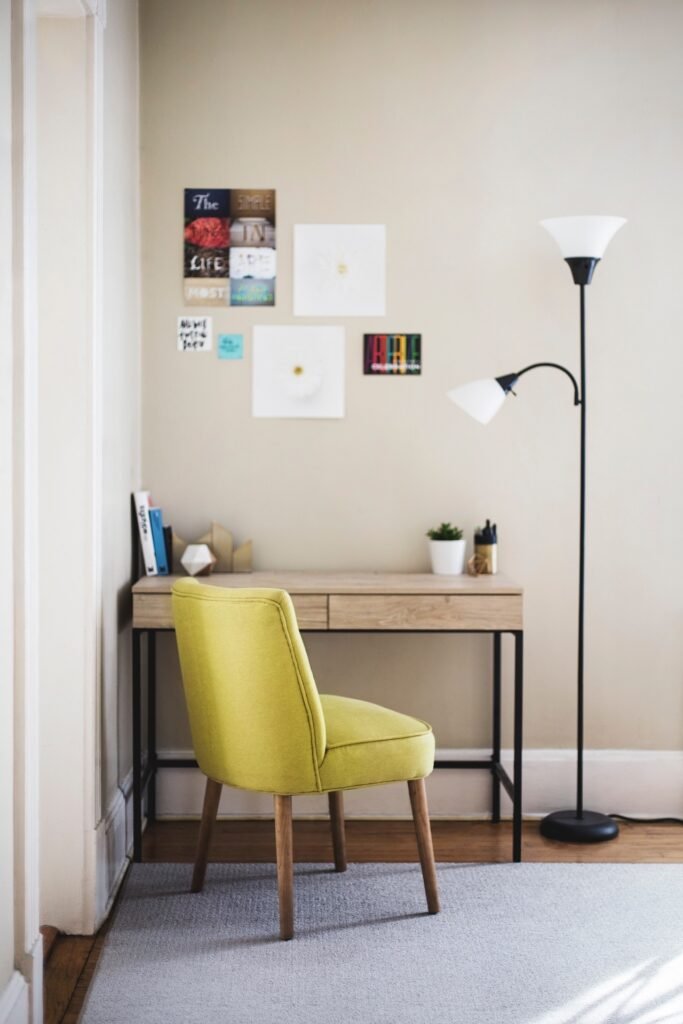

Practical and Affordable Organization Solutions
Organizing a kid’s study table on a small budget is entirely possible with some creativity and resourcefulness. One effective and eco-friendly approach is to repurpose recycled materials like jars, cans, and boxes. These everyday items can be transformed into practical DIY organizers for pens, pencils, and other stationery. For instance, a mason jar can serve as a stylish pen holder, while an empty cereal box can be cut and decorated to store papers and notebooks. Engaging children in these DIY projects not only fosters creativity but also gives them a sense of ownership over their study space.
In addition to DIY solutions, inexpensive desk organizers available at dollar stores offer a straightforward way to keep study tables tidy. Plastic containers, drawer dividers, and small bins are affordable options that can help sort and store various study materials. These items are especially useful for grouping similar items together, making it easier for kids to find what they need quickly and efficiently.
Decluttering is another crucial step in maintaining an organized study table. Regularly sorting through and removing unnecessary items can prevent clutter from accumulating. Encouraging kids to participate in this process helps them develop good organizational habits and understand the value of a clean workspace. One effective strategy is to set aside a specific time each week for a quick decluttering session, turning it into a routine activity.
Labeling and color-coding are additional techniques that can significantly enhance the organization of a study table. Using labels for drawers, containers, and shelves helps children easily identify where each item belongs. Color-coding can be particularly helpful for younger kids, as it provides a visual cue for organizing their supplies. For example, blue labels for writing tools and green labels for art supplies can simplify the task of keeping things in order.
By combining recycled materials, affordable store-bought organizers, and effective labeling strategies, parents can create a well-organized study space for their children without breaking the bank. These practical and budget-friendly solutions ensure that kids have a tidy and efficient area to focus on their studies.
Creative and Fun DIY Projects
Transforming a child’s study table into an organized and enjoyable space doesn’t have to be expensive. Engaging in creative DIY projects can not only save money but also provide a fun bonding activity for parents and children. One simple yet effective project is creating customized pencil holders from decorated tin cans. Begin by thoroughly cleaning the cans and removing any labels. Next, allow your child to decorate the cans using paint, washi tape, or stickers. This personal touch can make the pencil holders both functional and visually appealing.
Another practical project involves repurposing an old shoebox into a desk caddy. Start by cutting the shoebox into sections, creating compartments of various sizes to hold different items such as pens, erasers, and notepads. Use colorful wrapping paper, fabric, or paint to cover the box and give it a fresh, vibrant look. This DIY desk caddy can help keep the study table clutter-free while adding a splash of color to the workspace.
For an effective way to manage notes and reminders, consider making a bulletin board from cork tiles. Simply cut the cork tiles to the desired size and shape, then attach them to a sturdy backing, such as a piece of cardboard or an old picture frame. Encourage your child to decorate the border with paint, stickers, or ribbon. Hang the bulletin board near the study table to create a central location for important reminders, schedules, and inspirational quotes.
Involving children in these DIY projects is crucial, as it not only makes the process enjoyable but also instills a sense of ownership over their study area. When children take pride in their space, they are more likely to maintain an organized setup. To help keep the study table neat, establish a routine for tidying up after study sessions and regularly sorting through materials to discard or recycle unused items. By fostering these habits, children can enjoy a functional and inspiring study environment that supports their academic success.
Leave a Reply